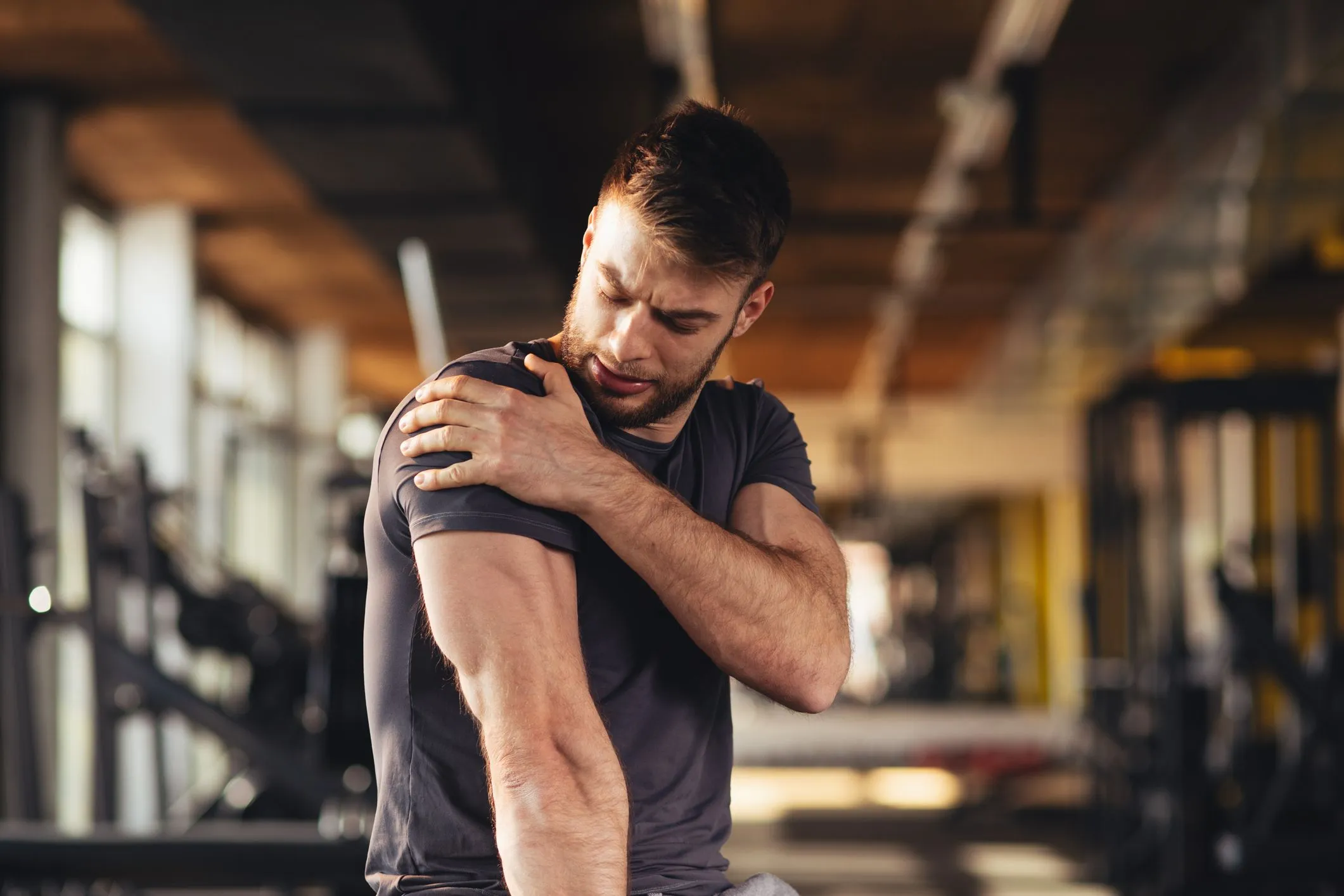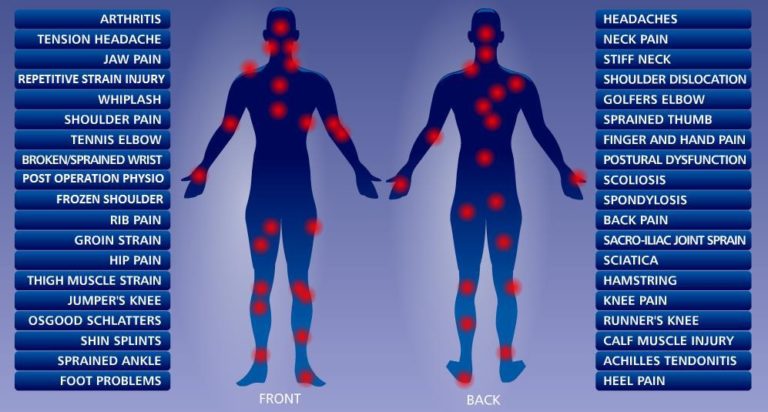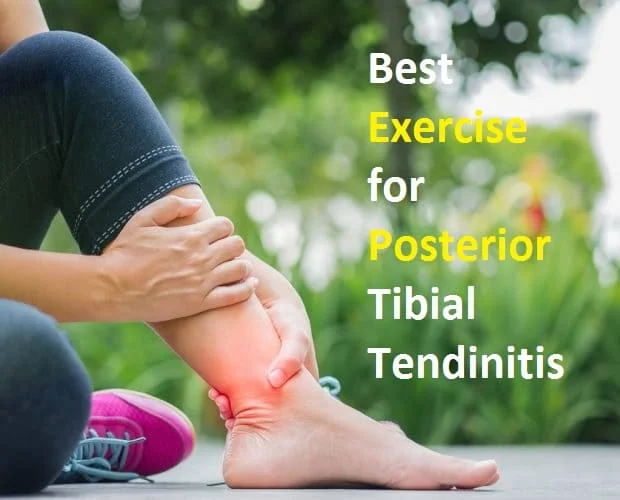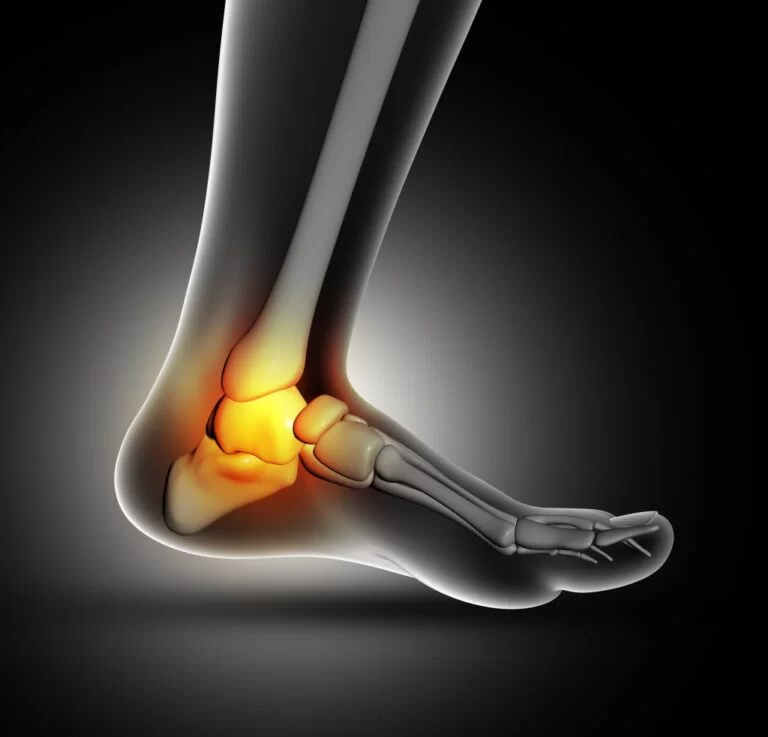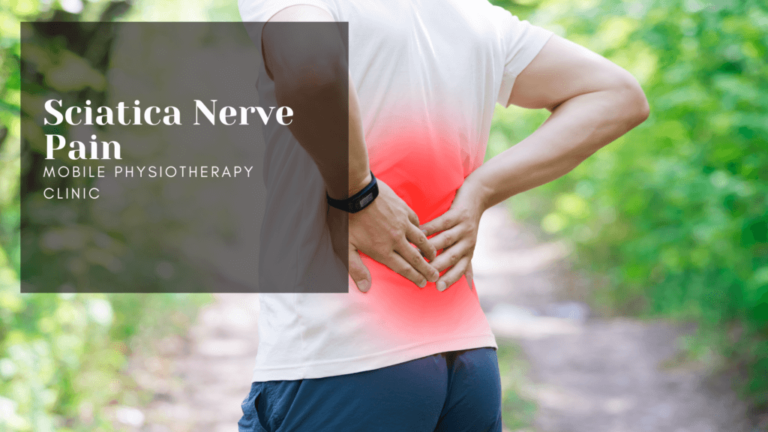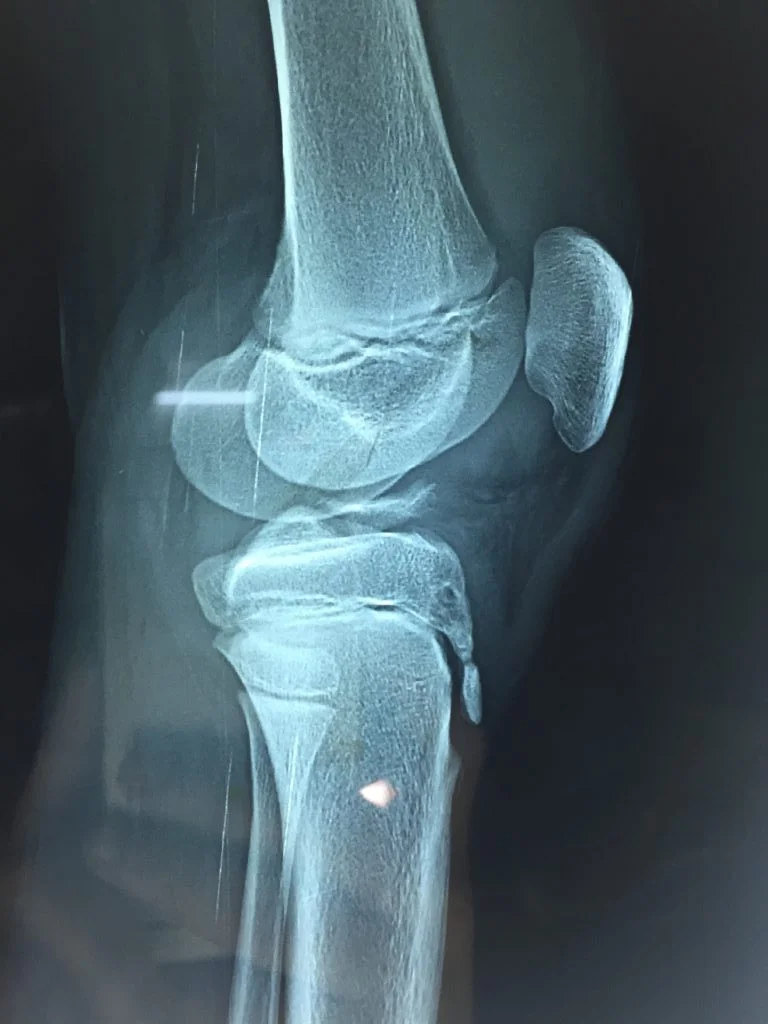Muscle Soreness After Workout
Why are muscles sore after exercise?
After exercise, it’s typical to have delayed onset muscle soreness (DOMS), which causes your muscles to hurt or stiffen for a few days. People of all fitness levels can experience it, especially after attempting a new sport or exerting themselves a little more than usual.
Typically, you won’t require medical treatment and the pain in your muscles will go away in 2 to 5 days. You need to be able to manage the symptoms on your own.
Exercise-induced muscle soreness, commonly known as delayed-onset muscular soreness or DOMS, is a symptom that your muscles were harmed. Your body starts the healing process when this injury, or micro-tearing, occurs by causing inflammation at the affected spot.
The characteristic stiffness and discomfort that normally start to appear 12 to 24 hours after your workout become apparent because fluid builds up in the muscles, increasing pressure on the injured areas.
Every workout causes some little damage, but some exercises are known to cause more significant damage and, thus, more discomfort. Particularly, any activity that is unfamiliar to you, more strenuous than normal, or has several eccentric movements is likely to result in greater injury and pain than other workout kinds.
Even though it’s often advisable to wait a few days until the discomfort subsides, you can still work out when you have DOMS. Contact your family doctor if discomfort lasts longer than five days or worsens.
Injuries
Usually, if you hurt yourself, you’ll notice:
- Discomfort
- Stiffness
- Edema
- Bruising
- Pain
This is generally immediately apparent in the afflicted area. These symptoms may occasionally only become apparent many hours after working out or engaging in physical activity. You can often take care of yourself at home if the injury is small and won’t require medical attention.
If it persists for more than three days, is accompanied by severe discomfort, limits your range of motion, or affects your stride, it could be more than simply muscle soreness. If this is the case, a sports medicine expert should be seen.
If your suffering is more consistent with a serious injury than it is with exercise-induced soreness, exercise should only be done with caution. If that’s the case, you should also consult a doctor about your discomfort.
Does Warming Up Reduce Muscle Soreness After Exercise?
You may have heard that stretching might aid in avoiding pain and injury. But it’s generally not a good idea to stretch your muscles before working out.
Stretching did not have an impact on muscle soreness within a week following an exercise.
A dynamic warm-up done right before an exercise may, according to some studies, lessen muscular pain for up to two days thereafter, although the effect has been extremely modest.
How soon does delayed onset muscle soreness begin to manifest and how long may it last?
Diffuse muscular soreness often starts 12 to 24 hours after exercise and can peak anywhere between one and three days later.
There is yet no conclusive explanation for why muscular pain develops later than expected. Murray does highlight the fact that your workout intensity will likely have a significant impact on how long you feel sore.
Regularly update
The length of time it may take for muscles to repair and regenerate depends on how difficult the activity is.
Although there is no magic cure for preventing muscular discomfort, the following 8 methods may be useful throughout the healing process:
- Eat sensibly: Your body needs protein to rebuild muscles, carbs to power your next workout, and good fats to lubricate joints. Therefore, it’s crucial to refuel before and after an exercise. Pre- or post-workout, eat a bowl of quinoa with steamed veggies and chicken, or munch on a slice of peanut butter toast and an apple. Preventing hunger is the key.
- Hydrate: Dehydration is one of your worst enemies when it comes to muscle healing. Fluid is required for flushing out injured muscles. For every 15 to 30 minutes of activity, it’s a good idea to down 8 ounces of water. If you skip this crucial phase, your pain will not only feel more severe but also continue longer. Do this: Before and after your workout, step on a scale. Have you trimmed down? For every pound you lose, consume 8 ounces of water.
- Warm-up: Before exercising, spend 10 to 15 minutes stretching your muscles. Then, engage in some light cardiovascular activity (such as a comfortable jog or brisk stroll). Get enough blood flowing to the muscles you are doing out that day.
- Particularly if you’re jogging outside in the cold, the muscles should feel heated. This technique not only keeps you from being hurt, but it also gets your muscles ready to recover after exercise.
- Cool down: To have a strong cool down, reverse the sequence of your warm-up. Slowing down your exercise rather than abruptly ending will assist prevent fluid from building up in the muscles and joints. A 10- to 15-minute cool down can also aid in your breathing returning to normal if your heart is really working hard.
- Get a massage: Massaging a hurting muscle might aid in releasing tension. Working out the knots encourages the muscles to unwind. Additionally, it increases blood flow to the region and forces any fluid that has accumulated to leave the body, which speeds up healing. Furthermore, it feels great.
- Think about possible fixes: Topical ointments like BenGay, Traumeel, Tiger Balm, and others have chemicals that are cooling, numbing, and tingling even when they don’t penetrate deeply enough to reach the muscle. That coldness, if you’re extremely sore, can drown out the pain, but it doesn’t accelerate muscle healing.
- Roll it out: By applying pressure to a long, cylinder-shaped instrument called a foam roller, blood flow to your muscles is increased. Consider it as a low-cost deep-tissue massage for yourself. You can aid in the relaxation of tense muscles and improve the healing and recovery process by slowly rolling over the sore regions. After your workout, use a foam roller for 10 to 15 minutes before beginning stretching exercises. You can stretch a muscle farther when it is more relaxed than when it is still constricted.
- Keep moving: While it may seem counterproductive to exercise when your muscles are already sore, research shows that even brief bouts of modest movement assist the body in flushing out toxins and chemicals that are connected to muscular pain.
- Expect some muscular stiffness when you begin a new fitness routine if you prefer to watch from the sidelines than complete a marathon. But don’t be alarmed by sore muscles. Muscle aches and pains are quite natural when you first start exercising. But as time passes, your body will adjust and develop stronger muscles, reducing the frequency of your soreness.
Foam rolling can be painful, therefore novices should only use it sparingly and without applying pressure to their bones or joints.
Additional methods for reducing muscular pain
- Muscle relaxation by massage: It helps enhance blood flow, soothe tense muscles, and extend joint range of motion. It’s also a fantastic mood booster. The finest massage for tired muscles is a mild one. A deep-tissue massage might not be as beneficial for healing as light pressure. You might also attempt tender-point acupressure, in which a massage practitioner preserves pressure on the sore spots while applying pressure to other regions.
- You might try taking an anti-inflammatory drug. Versions available over the counter can ease pain and minimize edema. Use naproxen, ibuprofen, or aspirin.
- Compression clothing: Wearing compression sleeves before, during, or after a workout will help reduce muscular pain and speed up your recovery so you can go harder the following time. When you lift weights or run, sleeves may cover your arms and calves, respectively. Your medical team can assist in determining the best match for you.
- Rest: By taking a day off, you offer your body a chance to recover and refuel. The most difficult day following a strenuous workout may be the second. She advises doing mild exercise the day after a vigorous workout and then taking the next day off.
- Ice: Applying ice to aching muscles for 20 to 30 minutes will limit blood flow to the area, which frequently lessens swelling and discomfort. And keep in mind:
- Muscles can still be inflamed even though you can’t feel the swelling in them. To preserve your skin, place a towel between the ice pack and your skin and only apply it for the allotted duration (20 to 30 minutes).
- Heat: Try applying mild heat (carefully) if your muscles are still sore after 48 hours. Your muscles’ blood flow can be stimulated, which helps relieve tightness and improve their comfort. Use a heating pad or cloth that is warm but not hot. But take caution. Be careful and keep an eye on your body’s reaction. In rare circumstances, heat may worsen muscular inflammation. To prevent skin burns, follow the manufacturer’s directions and keep a safe distance from any hot source.
- Stretching: A program of mild stretches might assist in ending the cycle of tight, aching muscles. If you aren’t sure where to begin, especially if you have any injuries, see your doctor or a physical therapist.
Having said that, it’s critical to distinguish between ordinary muscle discomfort and an overuse injury. After a few days, if you still have discomfort when you bend and stretch your limbs, you may have sustained an injury and should see a doctor.
Exercises for active recovery
Active rehabilitation exercises come in a variety of forms. Picking an enjoyable activity can ensure that your rehabilitation benefits both your body and mind. Exercises for active recuperation include:
- Low-intensity exercise: You’re free to perform an active recovery workout using your usual exercise routine. Just keep in mind to reduce the intensity. If you’re walking or jogging, go at a pace that allows you to talk to someone. Another choice is to ride a bike. If you lower your weight, your repetitions, or both, you can still perform weight training.
- Yoga: Yoga is excellent for healing, especially slower styles like yin yoga. Yoga may help you recuperate physically while also recharging your inner being.
- Swimming and water exercise: When you work out in the water, you may take advantage of the water’s pressure on your body, which is similar to the feeling of getting a mild massage. This pressure reduces joint tension while enhancing circulation.
In one research of runners, the active recovery group ran better the next day than the passive recovery group.
When to not use active recovery
You may require rest or medical attention if your pain is more intense than usual soreness. Exercise can damage bones, tendons, and cartilage in addition to demanding the muscles. These pains are probably the result of an injury. Active recuperation techniques could exacerbate the injury.
If you have any of these symptoms following exercise, consult a doctor:
- Persistent, severe, or escalating pain
- Discomfort in the immediate area of a recent injury or surgery
- A sore spot that seems altered, bruised, or swollen
- Pain that doesn’t go away after using anti-inflammatory drugs, ice, or rest
- Fever, chills, nausea, or vomiting together with pain
- Pain that puts you up at night
Overview
When you train your muscles hard enough to create small rips in the muscular tissue, your muscles will develop and get stronger. Despite being a natural procedure, it can nonetheless be slightly uncomfortable.
When you try a new workout or action, you experience a distinct kind of soreness. It typically happens several hours or even days afterward.
DOMS, also known as delayed onset muscle pain, can result from genuine muscle injury. Experts advise cutting the length in half while trying a new sport or activity to prevent this kind of soreness. DOMS can also develop when you execute a routine task with increased intensity.
Before, experts believed that DOMS was caused by lactic acid accumulation in the muscles, but they now know that is not the case. When the body uses up stored energy, it produces lactic acid, but after the exercise is over, the extra lactic acid quickly leaves the body. It doesn’t result in discomfort that lasts for days. For the more information you should consider reading above article with the details.
FAQs
How can I get rid of painful muscles after working out?
How to treat painful muscles after exercising
Be active. Unbelievably, exercising your muscles is one of the finest methods to relieve discomfort.
Always get warmed up.
Enter a new fitness routine gradually.
Take a saltwater bath.
Use a painkiller.
Schedule recuperation time.
Use a split-day schedule.
Should I work out even if my muscles are sore?
Exercise With a sore body:
When you workout regularly while being painful, you don’t give your muscles adequate time to recover. Pushing through a period of pain might result in an overuse injury. Overall, if you don’t get enough sleep, your body could be impacted.
Is it OK to have sore muscles after a workout?
It is considered normal if your soreness persists for between 24 and 72 hours following your workout and does not prevent you from going about your usual daily activities. It might be a symptom of serious harm if it lasts longer than this or is so severe that it interferes with your ability to carry out daily activities.
Do sore muscles mean growth?
Should I experience pain after each workout?
Muscular injury is a factor in muscular discomfort, which can but is not always necessary for muscle development. In other words, you don’t really need to be painful after every workout unless your purpose is to feel sore.
Does stretching help sore muscles?
It is common to see people stretching before or after physical exercise in the clinical context and in the community since stretching helps patients and clinicians avoid injuries, feel less sore, and perform better.
Why can’t I walk after leg day?
You’ll probably suffer delayed onset muscular soreness (DOMS) in the muscles of your legs for the first 48 hours after leg day, which might make it difficult to walk, sit, or stretch your legs.
Does protein help sore muscles?
By refueling the muscles and minimizing the effects of delayed onset muscular pain, protein helps to strengthen the muscle fibers that have been injured during exercise. You should eat or drink protein-rich meals or beverages after working exercise to reduce muscular discomfort and promote muscle development.

